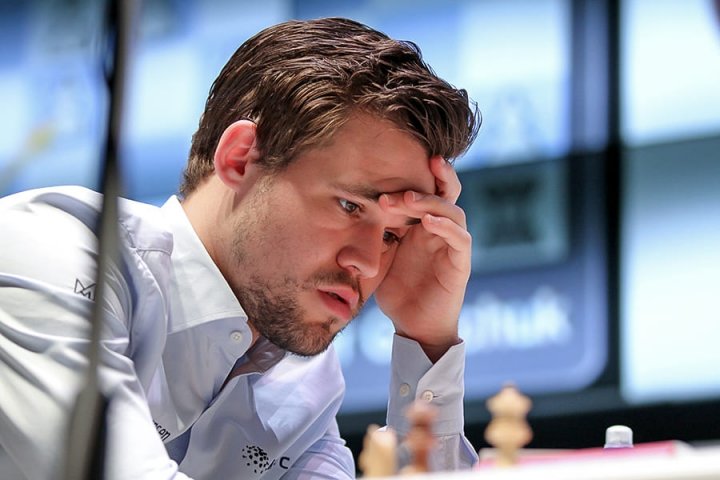Navara tests Carlsen's Sveshnikov
So far in Shamkir World Champion Magnus Carlsen is very much on track to make a run at his fourth tournament title. After three rounds, he is also back over 2850 for the first time since his 2016 World Championship fight.
But world number three Ding Liren and Carlsen's 2016 challenger Sergey Karjakin both have one win to their names and are thus just a half point behind.
Let's take a look at each of the games of Round 3.
Results of Round 3
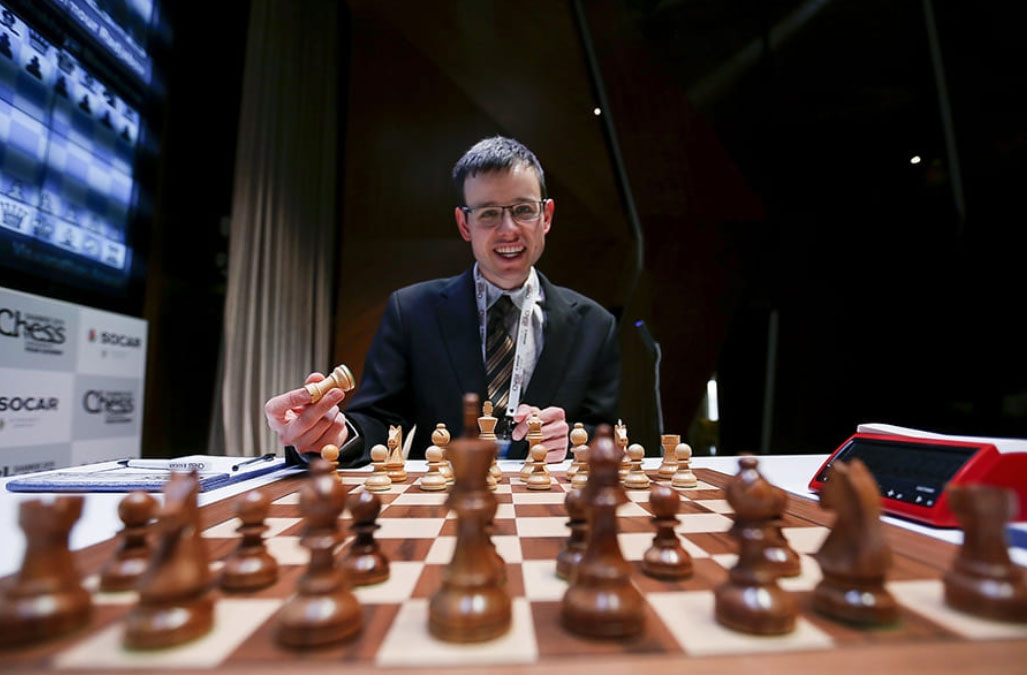
White against the World Champ is fun for David Navara | Photo: ShamkirChess.com
D. Navara 0-1 M. Carlsen
David Navara wanted to know what Carlsen had in reserve. In the Sveshnikov Sicilian, he opted for the variation with 7.♘d5, the Carlsen had played several times in the World Championship match against Fabiano Caruana (London, 2018). But Navara could not surprise the Magnus. Carlsen gained a comfortable and active game after the opening, which Navara sought to counter by an exchange. However, White did not get adequate compensation and he was soon fighting for a draw — no easy task given the legendary technique of the World Champion. Carlsen showed why activity in the endgame is often more important than material and could win in the end.
Notes by GM Aryan Tari
Let endgame expert Dr Karsten Müller show and explain the finesses of the world champions. Although they had different styles each and every one of them played the endgame exceptionally well, so take the opportunity to enjoy and learn from some of the best endgames in the history of chess.
V. Anand 1-0 S. Mamedyarov
A bitter defeat for Shakhriyar Mamedyarov. He had completely outplayed Vishy Anand and reached a winning position, but then, with little time left on the clock, he overlooked a tactical move that gave White chances to win, which Anand seized and converted without much difficulty.
Notes by GM Daniel Fernandez
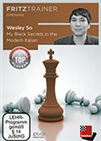 The Italian Game is considered a sound but quiet opening without early trades, giving rise to rich positions where plans are more important than forced variations. So shows black's plans on this DVD.
The Italian Game is considered a sound but quiet opening without early trades, giving rise to rich positions where plans are more important than forced variations. So shows black's plans on this DVD.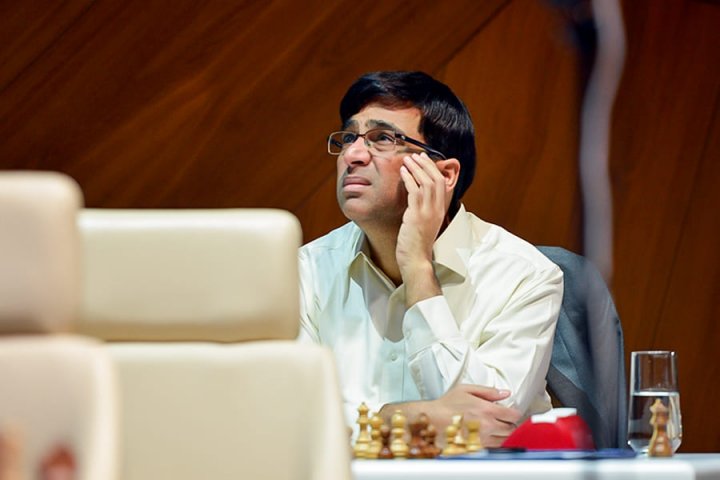
Vishy Anand early in the game | Photo: ShamkirChess.com
T. Radjabov ½-½ Ding Liren
Teimour Radjabov made another quick draw, this time with Ding Liren. They followed a game of Radjabov vs Aronian for 25 moves, and reached a balanced endgame. Another 28 moves later, only the two kings remained on board.
Notes by GM Daniel Fernandez
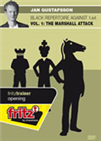 The Marshall Attack is one of the most dynamic replies Black has at his disposal against 1.e4. At the cost of a pawn, Black takes over the initiative from the get - go and goes after the white king. Wrongly considered to be mainly a drawing weapon by some, this DVD offers many new ideas for Black, showing how to keep the queens on the board and to play for a win in almost all cases.
The Marshall Attack is one of the most dynamic replies Black has at his disposal against 1.e4. At the cost of a pawn, Black takes over the initiative from the get - go and goes after the white king. Wrongly considered to be mainly a drawing weapon by some, this DVD offers many new ideas for Black, showing how to keep the queens on the board and to play for a win in almost all cases.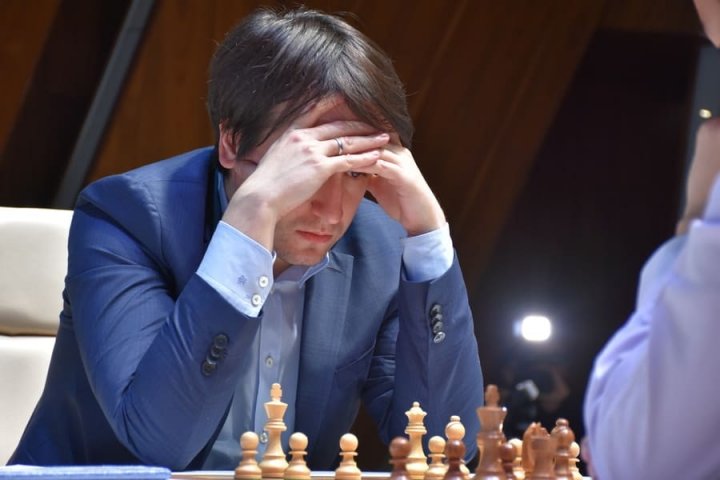
Teimour Radjabov: "Wait, I know that position?" | Photo: Shamkir
A. Grischuk ½-½ A. Giri
A quick draw was also seen in the game between Alexander Grischuk and Anish Giri. Grischuk sacrificed a pawn early in the opening, but Giri gave it back quickly, and the players then repeated moves.
Notes by GM Daniel Fernandez
This DVD provides everything you need to know to be able to play one of the most classical openings with Black, the Nimzo-Indian, arising after 1.d4 Nf6 2.c4 e6 3.Nc3 Bb4. Nearly every World Championship and top tournament features the Nimzo-Indian.
S. Karjakin ½-½ V. Topalov
Sergey Karjakin and Veselin Topalov opted for peace as well, although both made a keen start to the game: Karjakin attacked on the kingside, Topalov on the queenside — but when both had their pieces in position, the game ended quickly with a draw by repetition.
Notes by GM Daniel Fernandez
Standings after Round 3
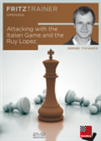 The purpose of this DVD is to teach players how to conduct the attack on the black king using different methods. Although the Italian Game and the Ruy Lopez are mostly positional openings, it is very often possible to make use of attacking methods of play
The purpose of this DVD is to teach players how to conduct the attack on the black king using different methods. Although the Italian Game and the Ruy Lopez are mostly positional openings, it is very often possible to make use of attacking methods of play
All games and Round 3 commentary webcast
Commentary by GM Arkadij Naiditsch
Translation from German: Macauley Peterson
Links
